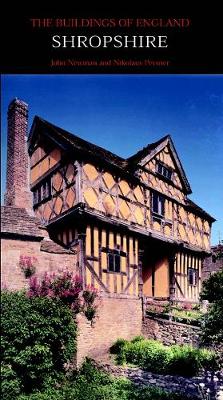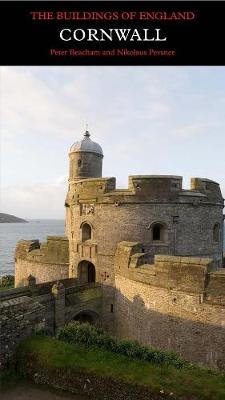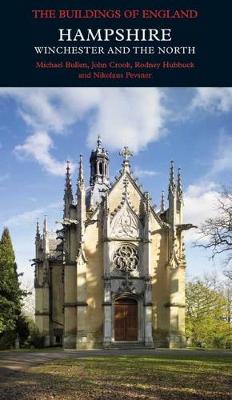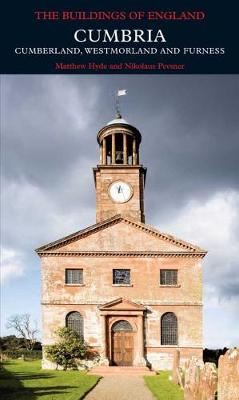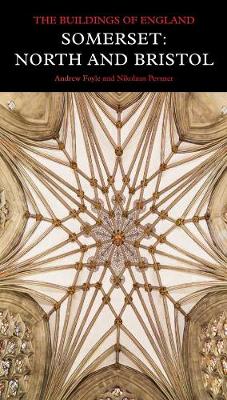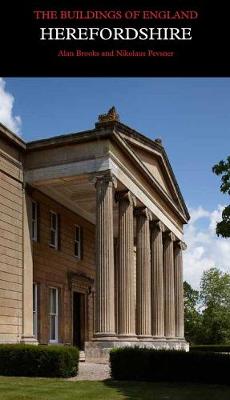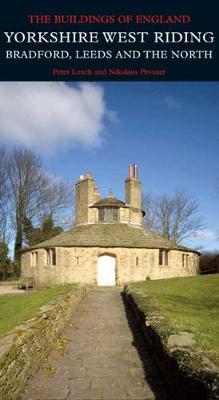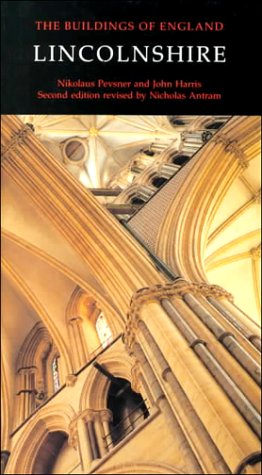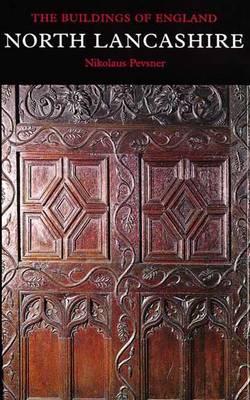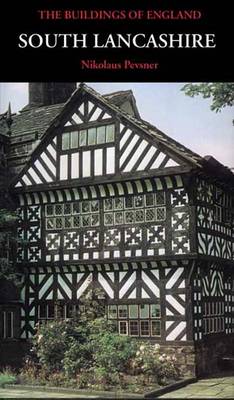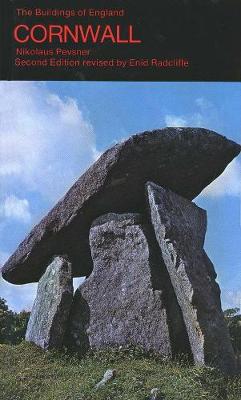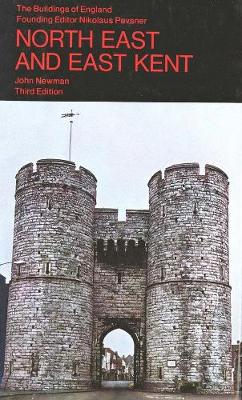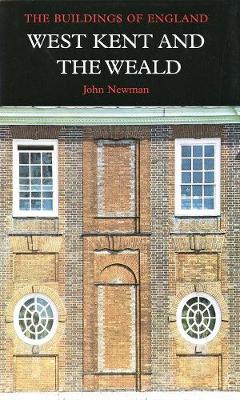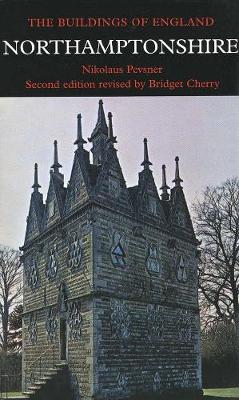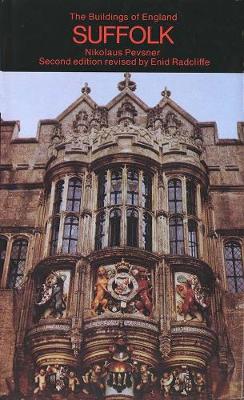Pevsner Architectural Guides: Buildings of England
69 total works
The unspoiled county of Shropshire is among the most appealing in England for lovers of architecture. The county's many historic towns, of which Shrewsbury and Ludlow are the largest, are especially plentiful in Georgian and timber-framed buildings. Shropshire's villages, intriguingly varied in plan and building materials, reflect the diverse landscape of plains, hills and moorland and the rich and complex underlying geology. The Cistercian abbey of Buildwas is the finest of several notable monastic ruins, and outstanding medieval parish churches and castles are also numerous. Many of the country houses have a central place in the story of English architecture: the fortified mansions at Acton Burnell and Stokesay, thirteenth-century design at its most sophisticated; the vigorous Baroque houses of John Prince and Francis Smith; John Nash's Italianate villa at Cronkhill, looking like something in a Claude painting; Norman Shaw's splendid Late Victorian mansion at Adcote. Shropshire is also unrivalled for its early industrial remains, including the spectacular bridge at Coalbrookdale, the first in the world to be built of iron. More ancient cultures are represented by the numerous prehistoric hill-forts and the celebrated Roman town at Wroxeter.
Each city, town or village is treated in a detailed gazetteer. A general introduction provides a historical and artistic overview. Numerous maps and plans, over a hundred new colour photographs, full indexes and an illustrated glossary help to make this book invaluable as both reference work and guide.
Hampshire: Winchester and the North
by Michael Bullen, Rodney Hubbuck, John Crook, and Nikolaus Pevsner
Winchester, with its Cathedral, Castle, College and churches is unrivalled for medieval architecture, and the surrounding countryside is rich in historic villages and an abundance of country houses. This volume of The Buildings of England also includes monuments of unique national and international significance: Jane Austen's house at Chawton; the spectacular French Imperial mausoleum at Farnborough Abbey; and Stanley Spencer's moving series of war paintings for the chapel at Burghclere.
Cumbria: Cumberland, Westmorland and Furness
by Matthew Hyde and Nikolaus Pevsner
The most authoritative guide to the Lake District and surrounding area, this volume covers the outstanding vernacular architecture, unspoiled historic towns, and fine Victorian and Arts and Crafts houses throughout the region, and ranges from the shipbuilding town of Barrow-in-Furness in the south to the cathedral city of Carlisle in the north. A popular tourist destination, Cumbria inspired the Romantic poets, John Ruskin, and Beatrix Potter.
This fully revised survey is the essential companion to the architecture of one of England's most rewarding regions. The Georgian spa of Bath and the medieval cathedral city of Wells are deservedly famous, each the finest of its kind in the country. A separate section covers the port of Bristol, with its rich and confident buildings of every period and type. Other highlights include John Nash's picturesque masterpiece of Blaise Hamlet, a noble inheritance of Gothic Revival churches, and some of the greatest structures designed by Isambard Kingdom Brunel.
Rich in new discoveries and fresh interpretation, this fully revised survey is the perfect companion and guide to one of England's most beguiling counties. A profusion of black-and-white timber-framed houses testifies to the prosperity of earlier centuries, as do the many and varied parish churches. Highlights among these include the extraordinary Norman carvings at Kilpeck, the exquisitely spare Cistercian architecture of Abbey Dore, the seductive Georgian Gothick of Shobdon, and Lethaby's Arts and Crafts masterpiece at Brockhampton. The city of Hereford is freshly presented in detail, from its splendid medieval cathedral to the architectural adventures of the Georgians and Victorians. Country houses are plentiful and diverse, including much that is well in step with national fashions. The characteristic landscape of hills and woods lends a special pleasure to architectural exploration, while market towns such as Ledbury, Leominster, and Ross-on-Wye can match any in England for visual and architectural appeal.
Yorkshire West Riding: Leeds, Bradford and the North
by Peter Leach and Nikolaus Pevsner
The landscapes of Lancashire range from the shores of Morecambe Bay and the wild Forest of Bowland in the north to the coastal flatlands and Pennine mill towns in the south. Lancaster, the historic county town, boasts some of the finest Georgian buildings in northern England, while Blackpool is unrivaled anywhere for spectacular seaside architecture.
Lancashire treats each city, town, and village in the county in a detailed gazetteer. An expert general introduction provides a historical and artistic overview. Numerous maps and plans, over a hundred new color photographs, full indexes, and an illustrated glossary help to make this book invaluable as both reference work and guide.
A comprehensive guide to the buildings of Cheshire in all their variety, from Pennine villages to coastal plains and seaside resorts. Chester, the regional capital and cathedral city, is famous for its Roman walls and black-and-white timber architecture, its noble Neoclassical monuments, and its unique medieval shopping 'rows' with their upper walkways. But Cheshire is also a major industrial county, with spectacular and internationally significant mills and canal structures. Specialist settlements include the famous railway borough of Crewe, the salt towns of Nantwich, Northwich and Middlewich, and Lord Leverhulme's celebrated garden suburb at Port Sunlight.
